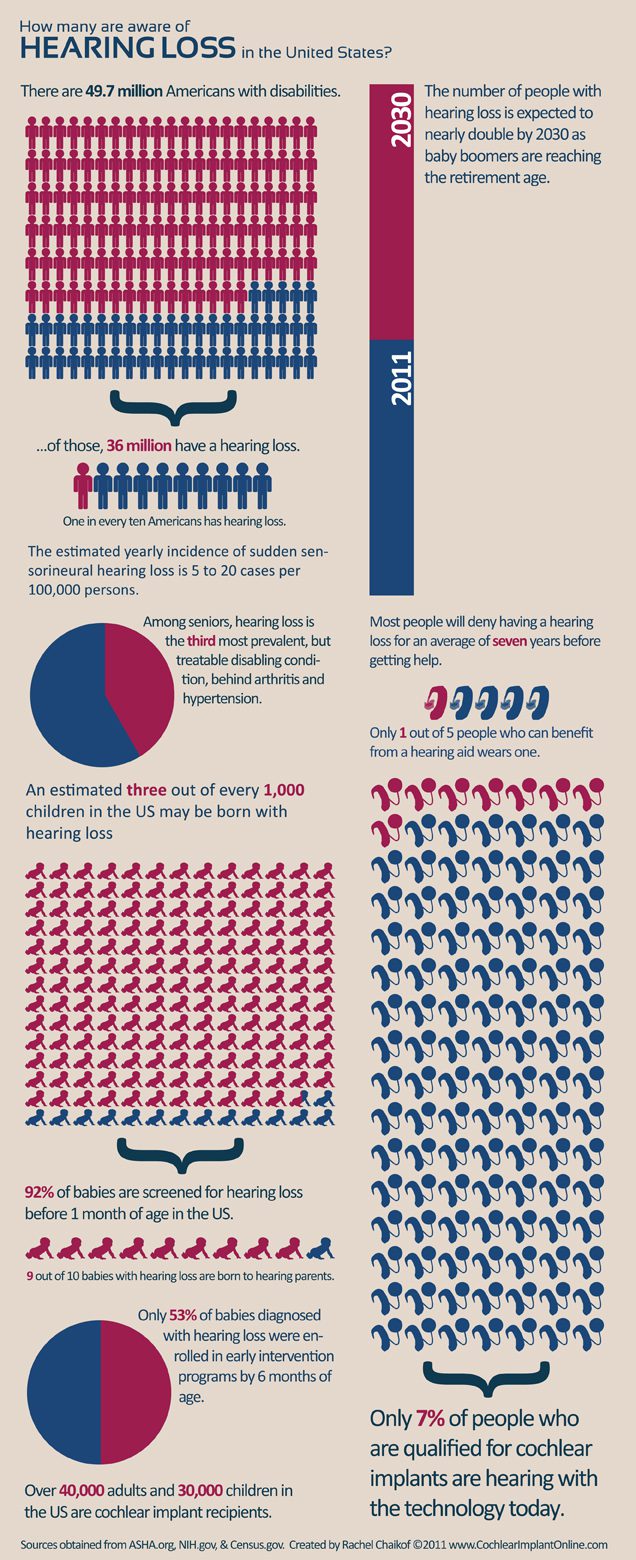Although hearing aids have been around for some time, Cochlear implants are a rather new invention that is just starting to see its real potential. For modern implants, a Bluetooth connection can be used to connect one ear to the other so that sounds can be heard in an authentic way. In October of 1982, Graham Carrick became the first person to have a Cochlear implant inserted and turned on. 15 minutes after its activation, Carrick could hear for the first time in 17 years. This first multichannel implant was invented by a team of scientists that was led by Professor Graeme Clark.
Clark was born in New South Wales and studied at Scots College in Sydney, Australia. He studied medicine in London and then returned to Australia to study and practice his specialty, which was ear, nose, and throat medicine. Although his career is known for his work with the Cochlear implants, Clark is known for some other achievements as well.
1. The Bionic Ear Institute
In order to support hearing restoration and advancement, Clark founded the Bionic Ear Institute in 1983 with one goal in mind: to give those who were deaf the opportunity to participate fully in the hearing world, even if that meant finding new ways to function. Based on the success of the initial implant just a year before, Clark was given grants from several governments to begin this program which has helped countless thousands who have experienced a complete hearing loss.
2. The Clark Scholarship Foundation
Graeme Clark has always held the belief that nothing should hold a person back. Although a Cochlear implant can be quite a costly procedure, the costs shouldn’t limit someone from the chance to pursue a quality education that can help them achieve great successes in life and potentially change the world. To help those who need these implants, this scholarship foundation was created to help those who have received implants attend universities and colleges around the world by defraying some of their costs.
3. Speech Processors
One of the most difficult components of a Cochlear implant is to replicate the unique sounds of speech that can be heard. It often sounds tinny, mechanical, and not at all natural. Clark developed a method of first creating a speech processor that could produce realistic vocal sounds in the ear and then his team was able to patent improvements to this process that included an emphasis on short duration vocal sounds so that an overall genuine hearing experience can be achieved.
4. Sound Processors
Speech is an important sound to process, but sound overall needs to be processed accurately as well in order for hearing to actually be achieved. To that extent, Clark and his team developed a specific improvement to the implants that would help differentiate different sounds from each other so that speech would sound different than a honking car or a percolating coffee maker. Many of these patents are held in multiple countries around the world and even involve formant processing.
Strong proponent of individual liberty and free speech. My goal is to present information that expands our awareness of crucial issues and exposes the manufactured illusion of freedom that we are sold in America. Question everything because nothing is what it seems.




















